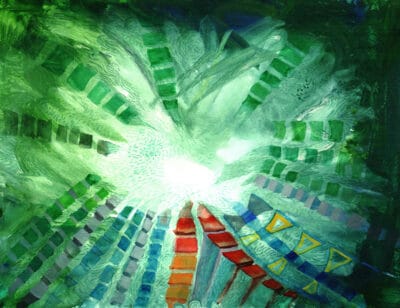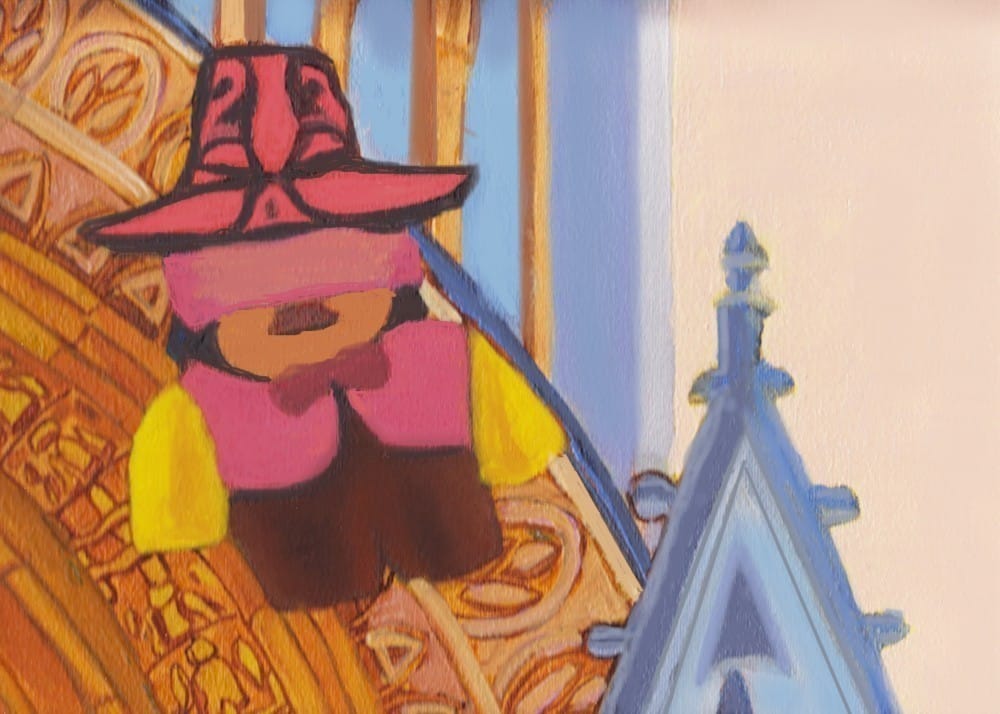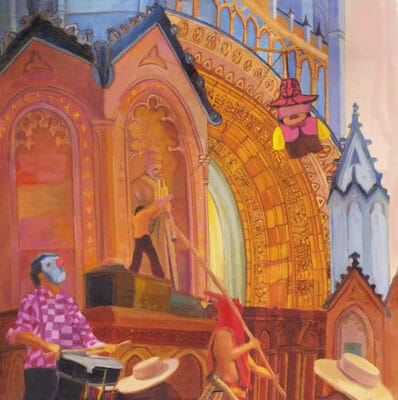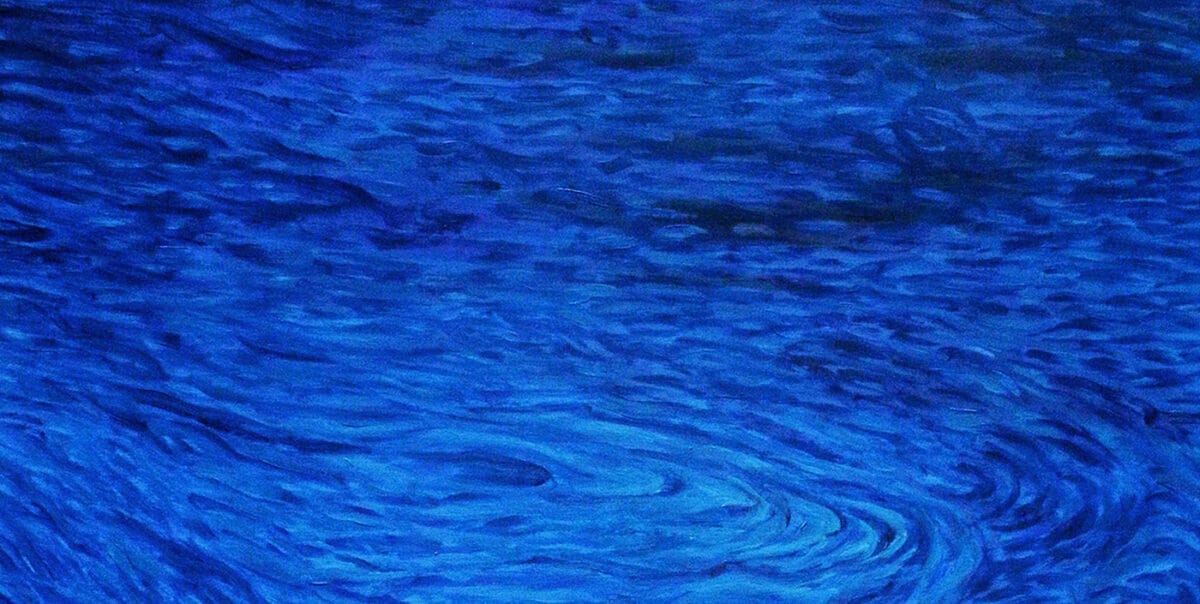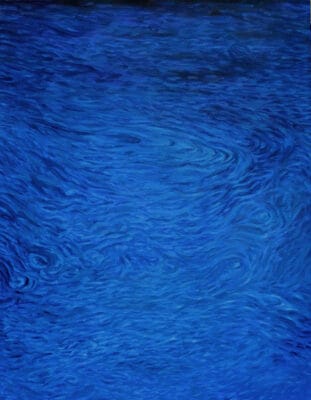Kites are transitioning from Earth to the sky, communication waves. It is a source of releasing our thinking into a creative mindset about expression. Each pattern has six, seven, and eight rectangular forms based on numerology. It points to symbolizing mysticism and spiritual awakening.
The red kites represent change, curiosity, freedom, and adaptability. Reaching the top beyond creates a universe of possibilities. Out there is a vast and quiet world; we long for that peace inside us, away from greed.
Green brings us back to Earth in the forest, and the cord is the connection, for it beholds our soul. It is our curiosity to unveil what’s beyond up there. But then we know our presage is short due to the space chemicals. In the chaos, we have left our institution to go with the spiritual and think of a different portal for a different life. Curiosity is strength, and control is our character. An alerting thought with penitent consequences. Still then again, we fear uncertainty, and the cycle repeats above us.
The kites nurture our souls, reaching prolonged moments that are insatiable. Running away from the cold winter, they disappear and glow in line but then loosen and wave at a time, our life. Nothing is the same. Everything changes. In the end, it does not stay permanent. It is part of our life to fluctuate from one place to another. In short, accepting it makes us receptive and allows us to make mistakes and others the same. Once learned, most transitions fluctuate, just as in this watercolor. There are a lot of kites scraping, and it presages into the unknown.
Kites 14″ x 17″ watercolor 2025
Follow our channel here

